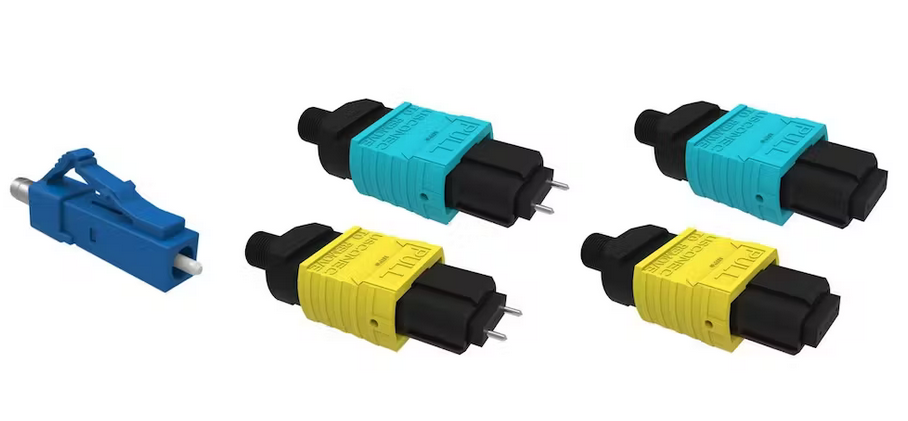As network engineers strive to meet the ever-growing demand for bandwidth, their choice of passive optical network (PON) components, including connectors, splitters, and muxes/demuxes, becomes critical.
The continued adoption of dense wavelength-division multiplexing (DWDM) technology is revolutionizing the telecommunications industry. In fact, some analysts project the DWDM system market to reach a value of $18 billion by 2032, up from $8 billion in 2022. This multiplexing technology increases the bandwidth of new or already-installed fiber networks by enabling the transmission of multiple active wavelengths of light over a single fiber.
As network engineers strive to meet the ever-growing demand for bandwidth, their choice of passive optical network (PON) components, including connectors, splitters, and muxes/demuxes, becomes critical. In this article, we explore how the increased trend toward DWDM is impacting the need for customizable components that can support higher-density deployments both indoors (central offices, data centers, or micro-edge data centers) and outdoors (outside plants).






